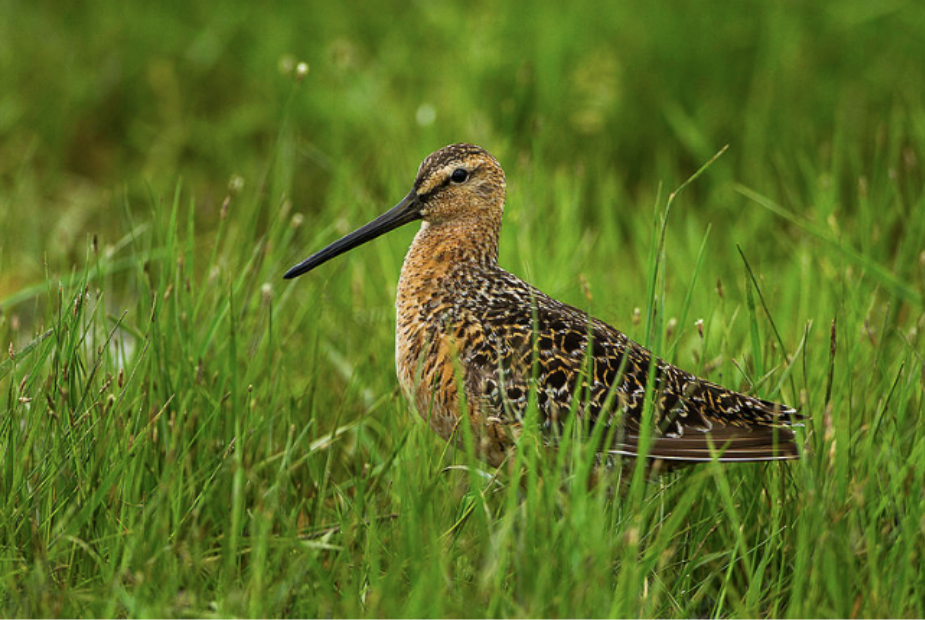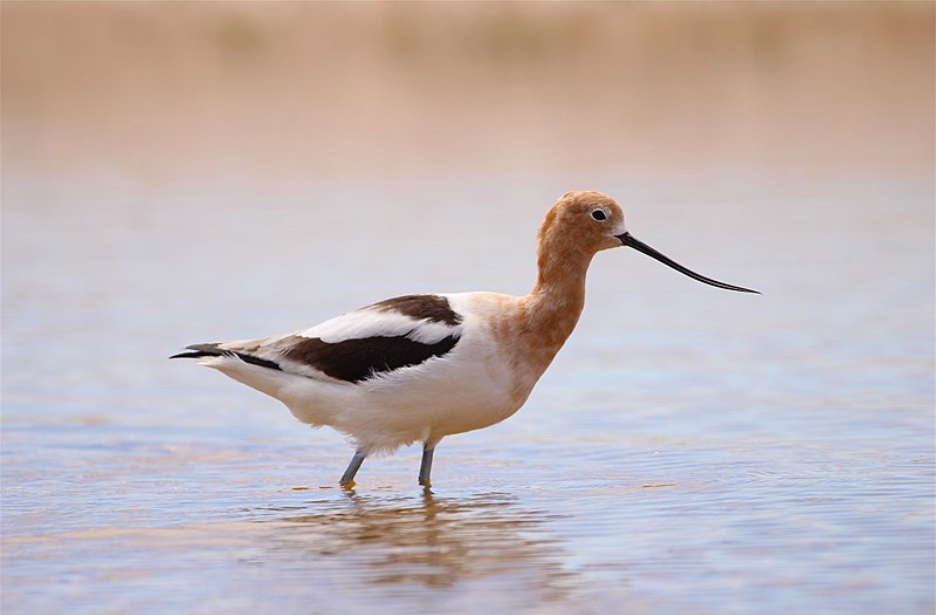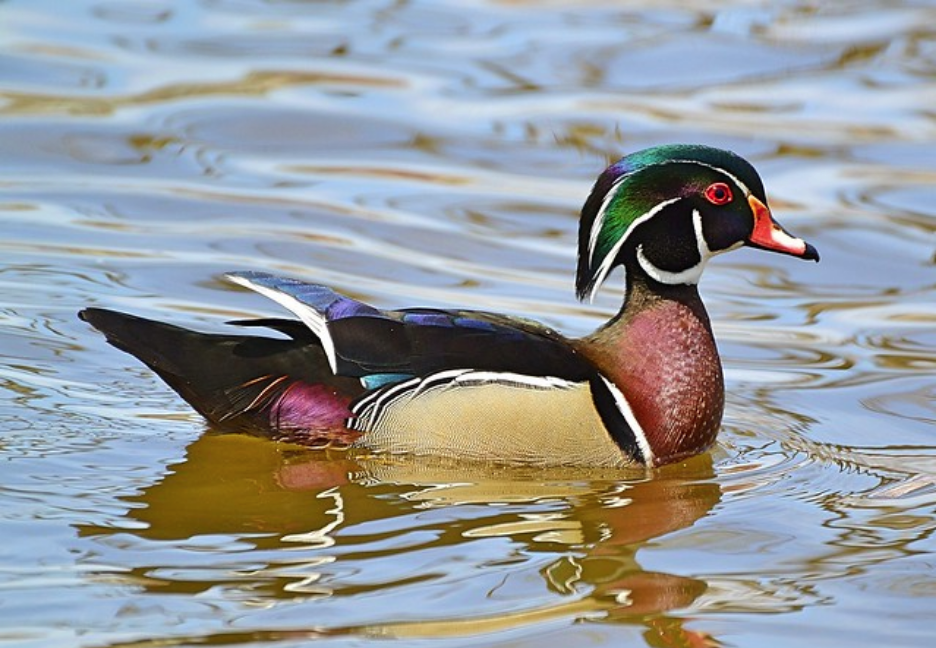Trip Leader Transitions
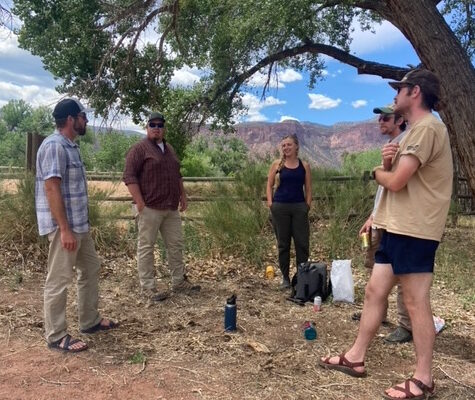
4Rivers in the Field, The Dolores River
Fieldwork season is here and our 2021 4Rivers Grantees aren’t wasting any time putting their awards to work on the ground. Joe stopped by the Dolores River in early June to talk to RiversEdge West and the Southwest Conservation Corps about what they hope to accomplish this year. Together, the two organizations co-coordinate the Dolores River Restoration Partnership, which has invested over ten million dollars in restoration work on 1,882 riverside acres since 2009. The 4Rivers grant will help them monitor restoration sites and keep them in good health by treating resprouting weeds like tamarisk and knapweed, restoring native plants like cottonwoods and willows, and training young natural resource managers. It’s hard to find funding to keep past project sites healthy. Forever Our Rivers is dedicated to filling those gaps.
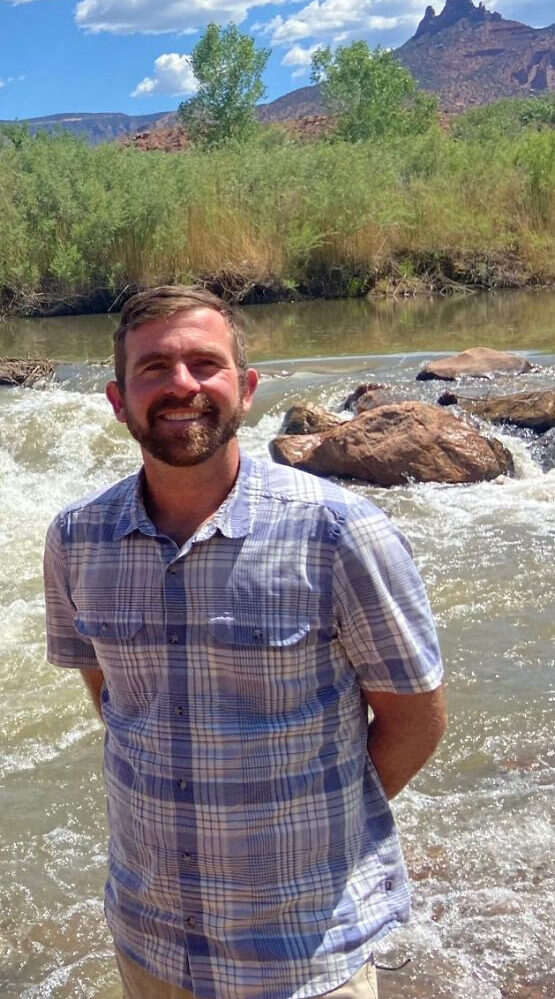
Executive Director Transitions
After propelling Forever Our Rivers through two years of growth, Joe Neuhof, our Executive Director, is charting a new course. The Board and staff are incredibly grateful for Joe’s leadership. During his tenure, he established the 4Rivers Fund and awarded it’s first round of grants, facilitated a Community Grants cycle distributing funds to 10 river partners in the Southwest, and expanded our business and nonprofit network to nearly 50 partners who care about protecting the legacy of our rivers. You will find Joe advocating for public lands as the director of the Friends of Cedar Mesa, a cause that has long been a passion of his. Thank you for all of your hard work, Joe, and best wishes!
We’re pleased to announce that Stacy Beaugh will step in as interim Executive Director to help Forever Our Rivers manage this transition. As a founding Forever Our Rivers board member and current staff associate, Stacy has shepherded Forever Our Rivers since its inception in 2016. Stacy has dedicated her career to preserving and restoring rivers and the natural world. She is the co-owner of the consulting firm Strategic By Nature, where she specializes in strategic planning, process facilitation, leadership training, and fundraising. She looks forward to working with all of you to grow the Forever Our Rivers impact and network. Contact Stacy with questions or opportunities.
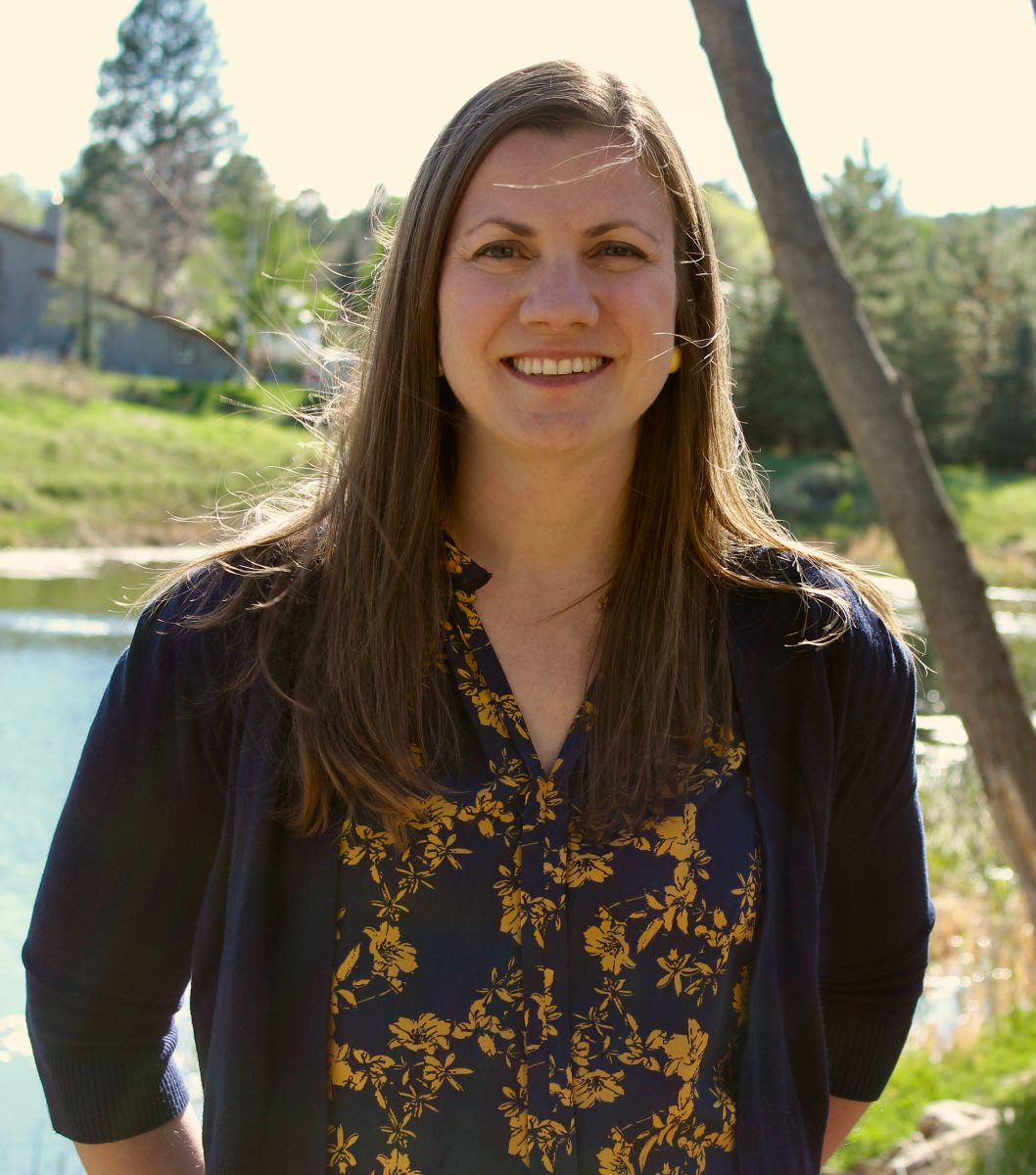
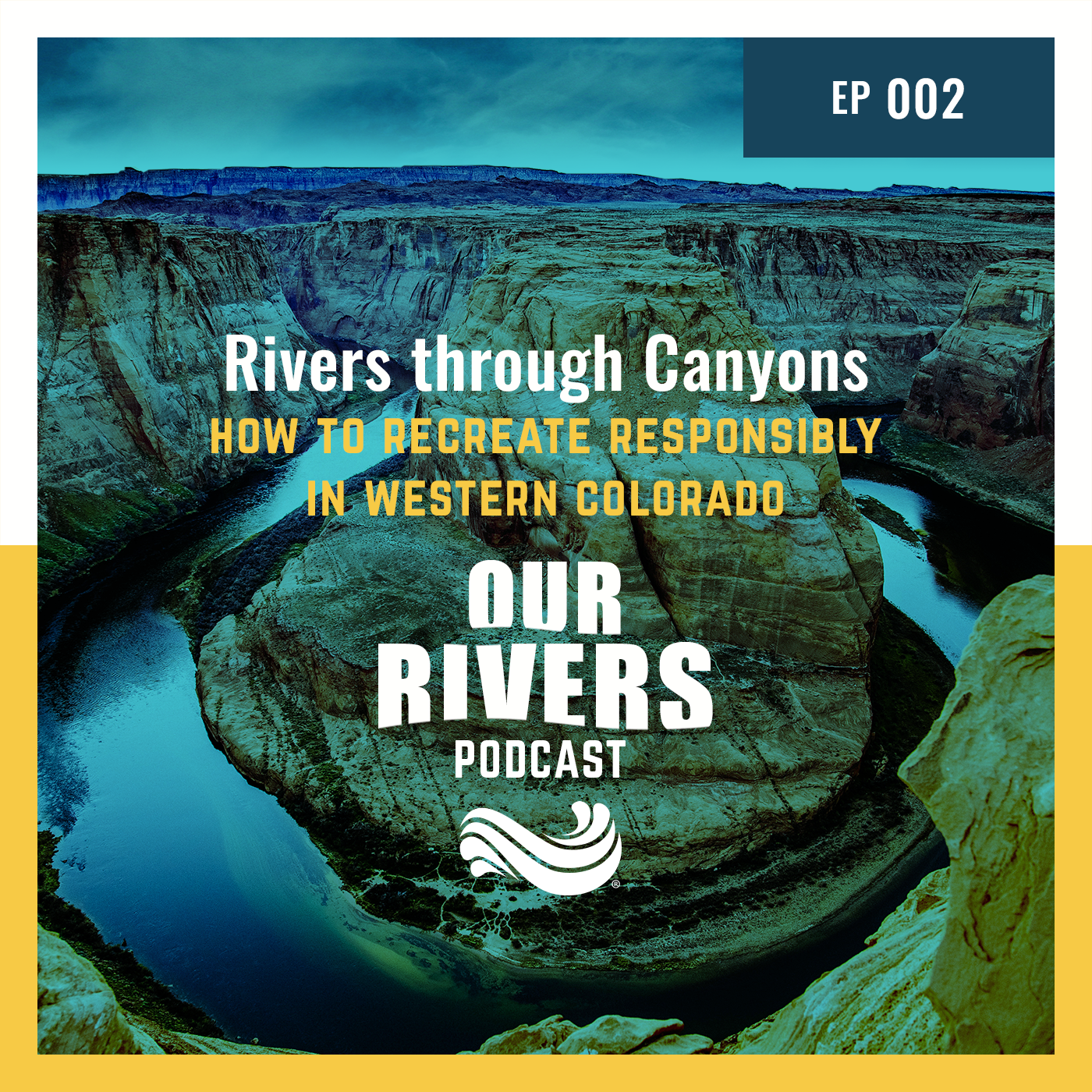
Our Rivers Podcast
If you haven’t listened to the first two episodes of the Our Rivers Podcast download them for your next road trip or spring cleaning spree! We talk to our partners at Casting for Recovery and Brown Folks Fishing about the Angling for All Pledge and the Bureau of Land Management’s Collin Ewing about recreating responsibly in McInnis Canyon and Dominguez-Escalante National Conservation Areas this summer.
We’re planning upcoming episodes now and would love to hear your feedback. Let us know what you want to hear in upcoming episodes. Is there a Southwestern river you want to learn more about? A river issue you’ve always wanted to learn more about? A river runner you’ve always wanted to have a conversation with? Email us to let us know.

